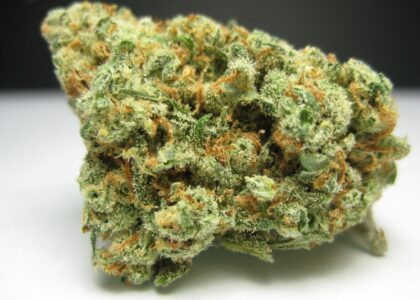Various types of thermal insulation for presses are available. One type is made of polyurethane foam, which is a low-conductivity gas injected between two layers of wood. Polyurethane panels range in thickness from 3.5 to 7.5 inches, and cost more than foam boards. But their higher R-values make them a better choice for insulating presses than foam boards. These materials also contain non-HCFC gas, which reduces the risk of fire and chemical explosions.
Another option is cellulose. Made of recycled paper fiber, cellulose is a more environmentally friendly thermal insulation material. Its composition consists of 75-85% recycled paper fiber, mostly newsprint. Because it is composed of recycled paper, it doesn’t contain any oxygen and therefore minimizes fire risks. The high R-value of cellulose also ensures that it is extremely dense and thus minimizes the risk of fire. This type of insulation is suitable for presses that are used in the printing industry.
Thermoplastic is another thermal insulation material for presses. This type is similar to flexible wood fiber board but is made without resin. It is made from two-component fibers that are bonded together. The fibers are heated to the core and cooled to ensure proper bonding. The result is a flexible product with improved performance. As a result, thermal insulation for presses reduces operating temperatures, which reduces energy costs. It also means fewer machine downtimes.
In addition to thermal insulation, a quality thermo impact insulator will prevent heat from escaping the press. Its high mechanical strength and low thermal conductivity make this material an ideal choice for press plates. It also makes the press more accurate, ensuring that the product produced is of high quality. These materials are also available in different types of materials, including nanoporous material. If you’re looking for thermal insulation for presses, Prime Tech is a good source.
Thermal insulation for presses can help molds stay cooler while manufacturing parts. It helps to reduce cycle times and minimize startup time. As the part count increases, mold temperatures will decrease. There are many types of insulation, each with a different function. Most molds operate in the range of 275 to 450F, and the insulation needs to meet those temperatures. It is best to choose insulation with a service temperature that’s at least 25 percent higher than the operating temperature of the mold.
Glass wool is one type of thermal insulation used in presses. It is a composite of glass fibers bound together with a binder. Glass wool is good at trapping tiny air pockets, which provides high thermal insulation. Other types of thermal insulation include mineral wool and polyurethane foam. But none of these options are fireproof. Mineral wool is a cheaper option. It does not offer the same benefits as polyurethane foam. Get in touch with PRIME TECH INC. USA to shop thermal insulator now.
High-quality thermal insulation for presses can also protect against heat loss during the production process. Thermal insulation boards can be made of wood or a combination of wood and plastic. However, when choosing these materials, it is important to keep in mind moisture content. If the board has too much moisture content, it can expand and crack as the temperature rises. Moisture content in thermal insulation boards cannot exceed 10 percent. This is because a dry material has a higher friction coefficient than a wet one. As moisture evaporates, additional heat is consumed.
There are several types of high-temperature thermal insulation for presses. BIBS HP is a hybrid of BIBS and spray polyurethane foam. Rock wool, slag wool, and mineral wool are natural materials that are fire-resistant and do not require chemicals. Mineral wool is typically sold in blanket or loose-fill form. For press insulation, BIBS HP is a cost-effective option. It uses the same mineral wool in a similar fashion as mineral wool.
Polyurethane foams are also excellent for thermal insulation. These foams are made of non-chlorofluorocarbon gas, which reduces the negative effects of air pollution. They are also light-weight and have an R-value of 6.3 per inch. They are also excellent for protecting pipes from freezing at low temperatures, and they are available in environmentally-friendly forms. When choosing an insulation material, take into account the machine’s requirements when choosing thermal insulation.
Thermal insulation materials can be manufactured from rock wool or calcium silicate board. Some are specifically made for use in presses, while others are created for specialized applications. AES wool board won the 2015 Grand Prize for Energy Conservation. Other thermal insulation materials include ROSLIM Board GH, a glass fiber sheet with superior heat-resistant properties. NA Millboard is made of inorganic materials that have low thermal conductivity. It also offers a long service life.









